The automobile is an important form of transportation. Yet, when you take a car out onto the open road, you risk exposing it to a myriad of harsh elements found in the environment. Gradually, the elements will sully the appearance of the vehicle and, if left ignored, can eventually whittle the car's protective layer and paint. Learning to clean and detail a car is crucial to maintaining its condition as well as extending the life of the vehicle.
GETTING STARTED
Detailing a car is more than just a simple wash job; it calls for close attention to the smaller details. Thus, it'll require more than just a hose, soap, and towels. More supplies translates to increased expenses, but it's a small price to pay in comparison to the steep prices that professionals charge. Detailing is a multi-stage process and it is as complex as it is time-consuming. Working smart and effectively will simplify the process. Having all the necessary supplies at your disposal is key to finishing quicker. You will need the following in addition to the hose and spray nozzle, car wash soap, and microfiber towels:
Detailing a car is more than just a simple wash job; it calls for close attention to the smaller details. Thus, it'll require more than just a hose, soap, and towels. More supplies translates to increased expenses, but it's a small price to pay in comparison to the steep prices that professionals charge. Detailing is a multi-stage process and it is as complex as it is time-consuming. Working smart and effectively will simplify the process. Having all the necessary supplies at your disposal is key to finishing quicker. You will need the following in addition to the hose and spray nozzle, car wash soap, and microfiber towels:
 |
| Supplies for the job |
- vacuum cleaner
- buffer pads
- washing mitt
- claying bar
- fabric cleaner spray
- carpet cleaner
- leather conditioner
- glass cleaner
- gentle all-purpose cleaner
- wax
- detail spray
- wheel degreaser
- tire dressing
- wheel brush
- brush
- bucket(s)
As you shop for supplies, you'll find that there are many brands of a specific product for retail. For instance, you might come across five different competitive brands of waxes or soaps. The availability of a wide range of products offers you more flexibility and allows you to better shop within your budget. It's not always necessary to purchase the most expensive product, but sometimes brand name goods are a safe choice because they have established consumer loyalty through proven use.
INTERIOR DETAILING
INTERIOR DETAILING
 Detailing is a laborious task, so it's best to work on your car in an area with ample space that is away from direct sunlight. Working in the shade will keep you cool and comfortable while preventing water or soap or wax from drying too quickly and forming residual spots.
Detailing is a laborious task, so it's best to work on your car in an area with ample space that is away from direct sunlight. Working in the shade will keep you cool and comfortable while preventing water or soap or wax from drying too quickly and forming residual spots.
 Interior detailing is the best starting point for this job. By working from the inside out, you'll avoid carrying dirt and dust onto the otherwise clean exterior later. Begin by using glass cleaner spray or solution to clean the windows. Clean meticulously by lowering the windows and wiping down the commonly overlooked edges. Then, wipe away grime from the dashboard, center console, steering wheel, handles, and the doors with a gentle all-purpose cleaner.
Interior detailing is the best starting point for this job. By working from the inside out, you'll avoid carrying dirt and dust onto the otherwise clean exterior later. Begin by using glass cleaner spray or solution to clean the windows. Clean meticulously by lowering the windows and wiping down the commonly overlooked edges. Then, wipe away grime from the dashboard, center console, steering wheel, handles, and the doors with a gentle all-purpose cleaner.
Next, clean and condition the seats. If your seats are of fabric material, use a fabric cleaner to spray the seat and then wipe it dry with a towel. If you have leather seats, use a damp towel to wipe off any dirt and follow with an application of leather conditioner. If you're unsure about how to properly use a product, it's always helpful to refer to the label for directions or instructions.
 Lastly, carefully remove the carpet mats and shake off any dirt and other debris. If the carpet is heavily soiled, spray it with carpet cleaner and allow the solution to deeply penetrate within. Use a towel (or opt for a brush) to vigorously rub the carpet clean. While the carpet mat dries, use a portable vacuum to remove any remaining particles on the car floor.
Lastly, carefully remove the carpet mats and shake off any dirt and other debris. If the carpet is heavily soiled, spray it with carpet cleaner and allow the solution to deeply penetrate within. Use a towel (or opt for a brush) to vigorously rub the carpet clean. While the carpet mat dries, use a portable vacuum to remove any remaining particles on the car floor. EXTERIOR DETAILING
 Thus far, the interior should be relatively clean. Begin the exterior detailing process by fully spraying the car with water to remove the superficial layer of contaminants. You may notice—if you swipe your finger across the surface—dirt on your fingertip that water alone cannot remove.
Thus far, the interior should be relatively clean. Begin the exterior detailing process by fully spraying the car with water to remove the superficial layer of contaminants. You may notice—if you swipe your finger across the surface—dirt on your fingertip that water alone cannot remove. Prepare two buckets; fill one with water only and the other with car wash soap and some water. You'll need to use a washing mitt and thoroughly lather the car to remove the stubborn dirt. Dip the mitt into the soap solution to wash a portion of the car. Scrub the body of the car in straight lines. You'll want to avoid washing in a circular motion because the mitt will trap dirt which could potentially scratch the paint and form swirl marks. Rinse the mitt in the water bucket before dipping back into the cleaning solution. This ensures that you don't carry as much dirt from the car into the cleaning solution.
In a way, washing a car is like taking a shower: it's best to soap and rinse the car in a top-to-bottom or head-to-toe fashion. People sometimes tend to forget to clean their tires and wheels. The tire makes constant contact with the road and the wheel houses the braking components (dirties easily), so don't forget to clean the wheel and sidewall of the tire with a wheel brush. Rinse the suds off the entire car. Apply tire dressing to your tires to restore the rich-black color of rubber tires.
 When you run your fingertips across the body of car again, there should no be traces of dirt and the surface should be smooth to the touch. If so, quickly dry the car. If not, you should clay bar your car. Simply spray the body with a solution (typically included with the purchase of the bar) and firmly glide the bar along in a side-to-side motion. The clay bar will physically strip off finer particles embedded in the paint. Avoid dropping the clay bar on the ground as dirt will cling to it and render it useless. Continued use of a contaminated bar will scratch the paint, thus doing more harm than good. Proper claying should improve a car's texture and appearance. Re-rinse the car and dry upon completion of claying. Now clean the outer windows. Having removed all contaminants from car's paint, it's imperative to add a protective layer to the surface of the vehicle.
When you run your fingertips across the body of car again, there should no be traces of dirt and the surface should be smooth to the touch. If so, quickly dry the car. If not, you should clay bar your car. Simply spray the body with a solution (typically included with the purchase of the bar) and firmly glide the bar along in a side-to-side motion. The clay bar will physically strip off finer particles embedded in the paint. Avoid dropping the clay bar on the ground as dirt will cling to it and render it useless. Continued use of a contaminated bar will scratch the paint, thus doing more harm than good. Proper claying should improve a car's texture and appearance. Re-rinse the car and dry upon completion of claying. Now clean the outer windows. Having removed all contaminants from car's paint, it's imperative to add a protective layer to the surface of the vehicle.  Regular waxing not only makes a car stand out, but prolongs the lifespan of its paint. Apply wax to a clean buffer pad and, in a circular motion, evenly spread it into a thin, cloudy haze. Let the wax penetrate for at least 10 minutes before wiping it off with a clean microfiber towel. Using a circular motion in your application technique will help you achieve a brilliant shine. When waxing, work on one section at a time (rooftop, trunk, bumper, rear quarter panels, doors, etc.). Attempting to layer on wax all over at once and wiping it off thereafter will be overwhelming. Waxing is recommended every three months. Complete the car detail process by using a detail spray. It will further amplify your car's glossiness and shine while supplementing the protective properties of the wax that you've just applied. Additionally, the detail spray provides a second coating or finish that repels light dust and dirt. Your car is sure to stay cleaner for longer, and you'll find yourself washing and waxing less frequently.
Regular waxing not only makes a car stand out, but prolongs the lifespan of its paint. Apply wax to a clean buffer pad and, in a circular motion, evenly spread it into a thin, cloudy haze. Let the wax penetrate for at least 10 minutes before wiping it off with a clean microfiber towel. Using a circular motion in your application technique will help you achieve a brilliant shine. When waxing, work on one section at a time (rooftop, trunk, bumper, rear quarter panels, doors, etc.). Attempting to layer on wax all over at once and wiping it off thereafter will be overwhelming. Waxing is recommended every three months. Complete the car detail process by using a detail spray. It will further amplify your car's glossiness and shine while supplementing the protective properties of the wax that you've just applied. Additionally, the detail spray provides a second coating or finish that repels light dust and dirt. Your car is sure to stay cleaner for longer, and you'll find yourself washing and waxing less frequently.
FINALLY . . .
 A clean car speaks volume about its driver and has the ability to turn heads. A clean car can greatly increase the worth or resale value of a vehicle. A clean car doesn't just look better. It lasts longer. A clean car benefits the health of its occupants. Should you undertake the job of detailing a car, you will quickly realize that it is exhaustive work that demands effort, dedication, and patience. You'll also realize that there is no substitution for hard work. It is not for the weak and certainly not the lazy. Learning how to detail a car is an invaluable skill that will pay dividends.
A clean car speaks volume about its driver and has the ability to turn heads. A clean car can greatly increase the worth or resale value of a vehicle. A clean car doesn't just look better. It lasts longer. A clean car benefits the health of its occupants. Should you undertake the job of detailing a car, you will quickly realize that it is exhaustive work that demands effort, dedication, and patience. You'll also realize that there is no substitution for hard work. It is not for the weak and certainly not the lazy. Learning how to detail a car is an invaluable skill that will pay dividends.
 A clean car speaks volume about its driver and has the ability to turn heads. A clean car can greatly increase the worth or resale value of a vehicle. A clean car doesn't just look better. It lasts longer. A clean car benefits the health of its occupants. Should you undertake the job of detailing a car, you will quickly realize that it is exhaustive work that demands effort, dedication, and patience. You'll also realize that there is no substitution for hard work. It is not for the weak and certainly not the lazy. Learning how to detail a car is an invaluable skill that will pay dividends.
A clean car speaks volume about its driver and has the ability to turn heads. A clean car can greatly increase the worth or resale value of a vehicle. A clean car doesn't just look better. It lasts longer. A clean car benefits the health of its occupants. Should you undertake the job of detailing a car, you will quickly realize that it is exhaustive work that demands effort, dedication, and patience. You'll also realize that there is no substitution for hard work. It is not for the weak and certainly not the lazy. Learning how to detail a car is an invaluable skill that will pay dividends. 

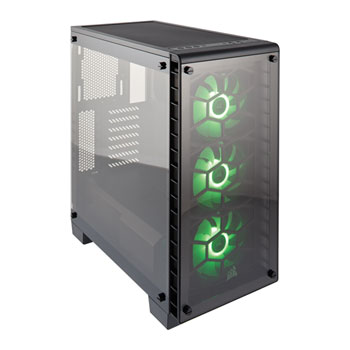
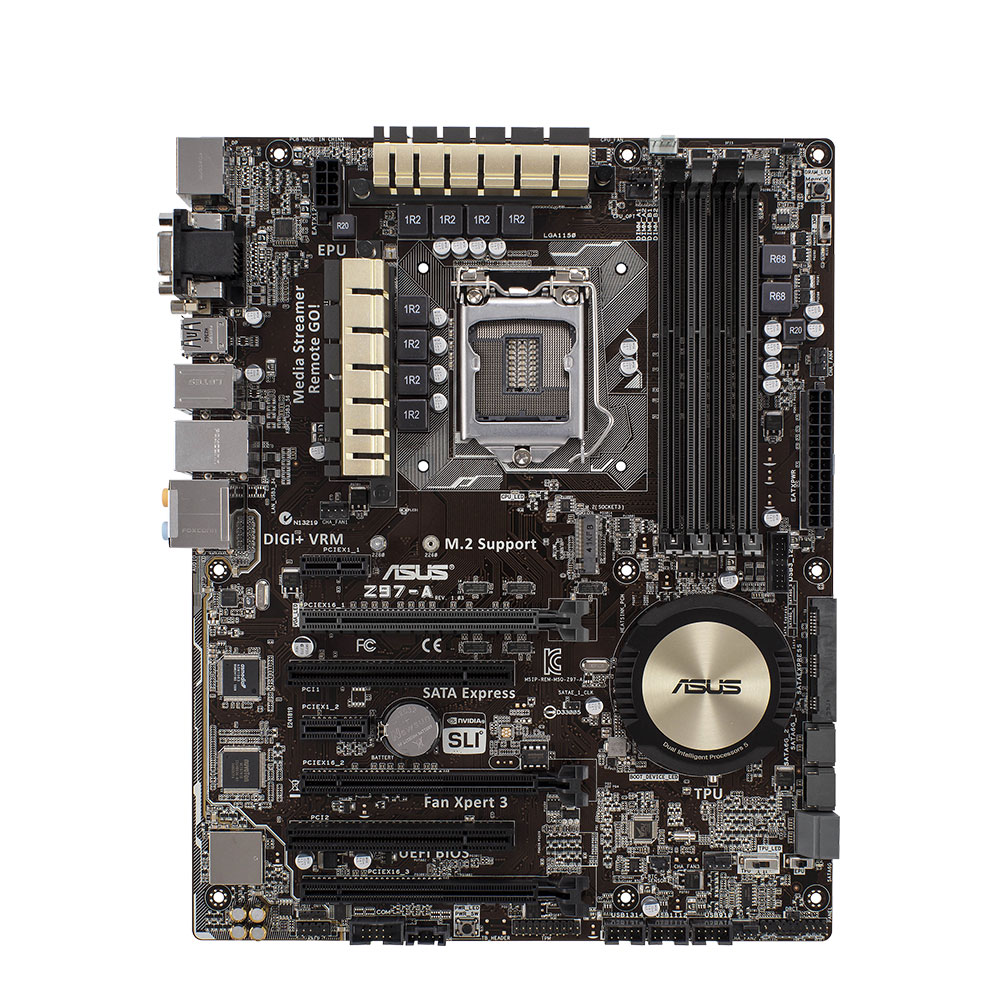
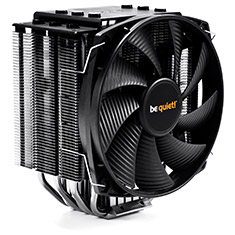
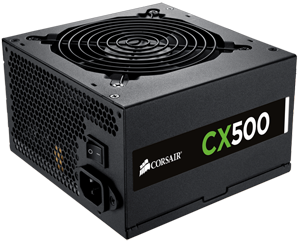
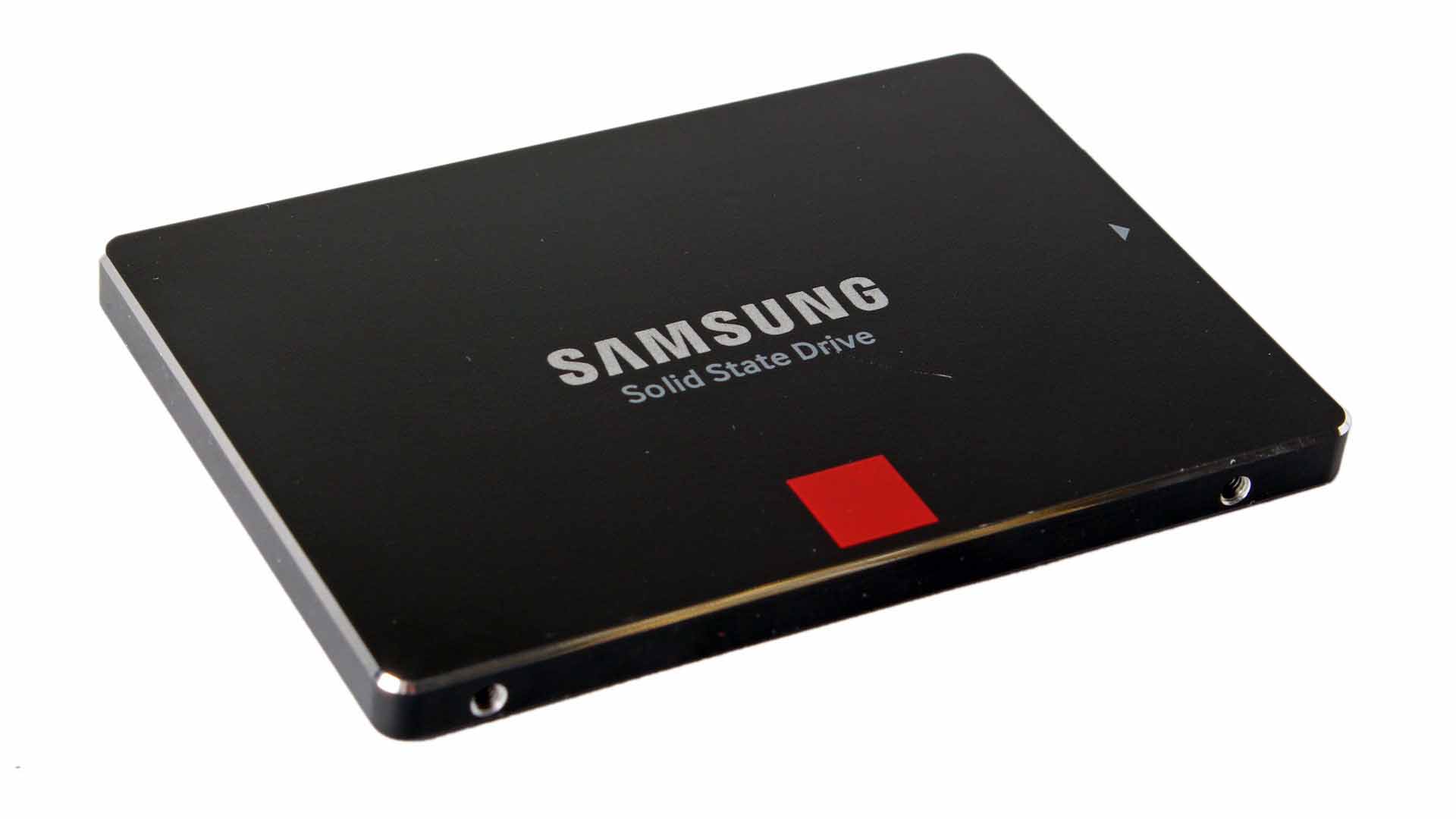









 (ground wire connected to chassis on this picture, and amplifier on previous picture)
(ground wire connected to chassis on this picture, and amplifier on previous picture)












